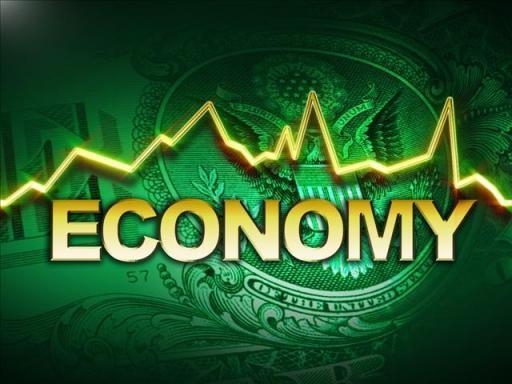Economy

Fed's Beige Book Shows Widespread Concern Over Tariffs
Written by Tim Triplett
December 10, 2018
Most Federal Reserve districts saw their economies expand at a modest to moderate pace in October and November, but tariffs remain a common concern among manufacturers, who report widespread escalation in the cost of inputs, such as steel. So far, selling prices have risen with less intensity than input costs, they say, suggesting that price pressures are likely to persist in 2019.
The Federal Reserve’s Beige Book offers a snapshot of economic conditions in each of the Fed’s 12 districts across the country eight times per year. Following are edited excerpts on manufacturing from the latest Beige Book, published Dec. 5.
Nearly all districts reported that input costs rose faster than final goods prices. Reports of tariff-induced cost increases have spread more broadly from manufacturers and contractors to retailers and restaurants. Looking ahead to 2019, retailers in one district expressed significant uncertainty about the impact that tariff increases will have on prices. At some point, they said, the increases will be passed on to consumers.
The Fed reported that labor markets are tight across a broad range of occupations. In over half of the districts, firms said employment, production and sometimes capacity expansion had been constrained by an inability to attract and retain qualified workers. In addition to raising wages to attract workers, firms often enhanced nonwage benefits, including healthcare, profit-sharing, bonuses and paid vacation days.
In the Philadelphia district, manufacturing activity eased back to a modest pace of growth. Tariffs remained a major concern for many producers. Still, several firms reported they were adding capacity, while others noted that operating capacity was constrained by shortages of qualified labor.
In the Cleveland district, higher metals prices because of import tariffs continue to be a pain point for manufacturers and construction firms, although an increasing number are reporting stable prices. There were a number of reports of tariffs leading to higher prices further down the supply chain. One transportation contact reported that domestically produced maintenance parts were becoming more expensive because some components are imported from China.
Business conditions in Cleveland manufacturing remained solid, although producers there also struggled with capacity constraints and input price increases. Demand was strong, but some contacts indicated this demand was due to inventory stockpiling as fixed-price contracts approached renewal and as price increases were imminent. Import tariffs have had mixed effects: some manufacturers reported higher demand as import competition subsided, but others reported that tariffs led to input cost increases and supply chain gaps. The competition for skilled labor remained stiff, and two contacts reported off-schedule capital investments in labor-saving technologies to keep up with strong demand without the need for additional personnel.
In a survey of large firms in the Minneapolis district, about 30 percent saw input prices rise by 3 percent or more over the past 12 months, and 41 percent believe they will rise by 3 percent or more over the coming 12 months. Several contacts reported notable increases in freight and transportation logistics prices. Manufacturing activity increased modestly. Multiple contacts put capital spending plans on hold due to uncertainty in their outlooks.
In the Dallas district, contacts reported that input price pressures remained elevated in part due to tariffs, particularly in manufacturing and construction, and firms were struggling to pass these higher costs onto customers. Expansion in the manufacturing sector slowed during the reporting period, and outlooks were less optimistic than they have been all year. Output growth softened notably in November, with the tariffs, labor constraints and trade policy uncertainty cited as damping factors. The slowing was broad-based, but most pronounced in fabricated metals, construction-related products, computers and electronics, and food manufacturing.

Tim Triplett
Read more from Tim TriplettLatest in Economy

New York state manufacturing index drops again in April
Firms were pessimistic, with the future general business conditions index falling to its second lowest reading in the more than 20-year history of the survey

Construction adds 13,000 jobs in March
The construction sector added 13,000 jobs, seasonally adjusted, in March, but tariffs could undermine the industry.

Supply chains, end-users brace for impact from tariffs
Supply chains are working through what the tariffs mean for them

ISM: Manufacturing expansion loses steam after two months of growth
US manufacturing activity slowed in March after two straight months of expansion, according to supply executives contributing to the Institute for Supply Management (ISM)’s latest report.

Chicago Business Barometer rose to 16-month high in March
The Chicago Business Barometer increased for the third-consecutive month in March. Despite this, it still reflects contracting business conditions, as it has since December 2023.
